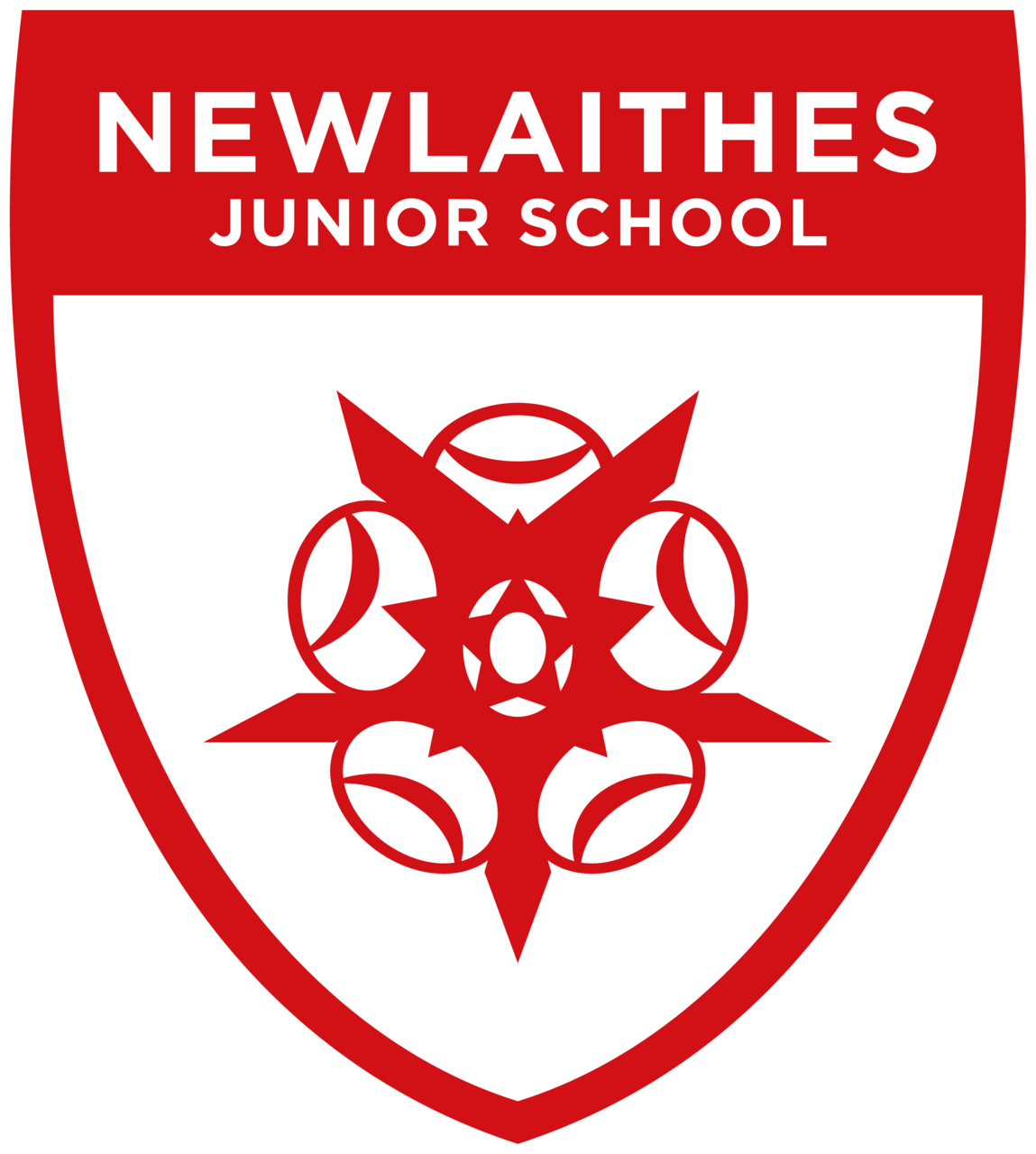Art
Curriculum Intent
At Newlaithes Junior School, we value Art and Design as an important part of the children’s entitlement to a broad and balanced curriculum. Art and Design provides the children with the opportunities to develop and extend skills and an opportunity to express their individual interests, thought and ideas.
Art, craft and design embody some of the highest forms of human creativity. A high-quality art and design education should engage, inspire and challenge pupils, equipping them with the knowledge and skills to experiment, invent and create their own works of art, craft and design. As pupils progress, they should be able to think critically and develop a more rigorous understanding of art and design.
They should also know how art and design both reflect and shape our history, and contribute to the culture, creativity and wealth of our nation.
Aims
The national curriculum for art and design aims to ensure that all pupils:
1. Produce creative work, exploring their ideas and recording their experiences
2. Become proficient in drawing, painting, sculpture and other art, craft and design techniques
3. Evaluate and analyse creative works using the language of art, craft and design
4. Know about great artists, craft makers and designers, and understand the historical and cultural development of their art forms.
Curriculum Implementation
The teaching and implementation of the Art and Design Curriculum at Newlaithes Junior School is based on the National Curriculum and linked to topics to ensure a well-structured approach to this creative subject.
The children are taught Art as part of their termly topic work. Areas covered include sculpture, mosaics, printing based on topic work, such as the Tudor houses, nature, Aboriginal art, WW2 propaganda posters, painting, pointillism, Pop Art and the works of the Impressionist artists. More detail can be found in our Long Term plan.
The work of famous local, national and international artists are explored to enhance the children's learning.
Pupils are taught to develop their techniques, including their control and their useof materials, with creativity, experimentation and an increasing awareness of different kinds of art, craft and design.
Pupils are taught:
1. To create sketch books to record their observations and use them to review and revisit ideas
2. To improve their mastery of art and design techniques, including drawing, painting and sculpture with a range of materials [for example, pencil, charcoal, paint, clay]
3. About great artists, architects and designers in history.
Impact
Outcomes in pupils’ sketchbooks provides clear evidence of a broad and balanced curriculum and demonstrates children’s acquisition of key knowledge and skill development. Pupils’ learning is assessed on a lesson-by-lesson basis through the use of verbal feedback, written feedback, peer and self-review. Key questions, which are planned into each unit of work, allow teachers to assess pupils’ skills and knowledge throughout each unit.
Knowledge retrieval activities like Talk Like An Artist are used to enable teachers to assess the depth of understanding of core substantive knowledge and vocabulary and the strength of its retrieval. Weekly celebration assemblies showcase a variety of Art and Design activities and work completed across all year groups. This evidence informs teacher assessment and is used by the Art and Design subject leader as part of the monitoring process.
In addition, the Art and Design subject leader talks to pupils about their learning as part of the monitoring process to gauge attainment and enthusiasm. Children’s sketchbooks are used to guide discussion and provide the subject leader with the necessary information to measure how much core knowledge and vocabulary has been remembered and understood.






